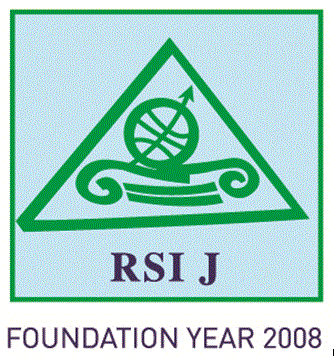Toleu PANIYAZ
Doctoral Student at the Department of Political Science, L.N. Gumilyov Eurasian National University, Nur-Sultan, Republic of Kazakhstan
tpaniyaz@kaiost.cn
Kargash ZHANPEIISSOVA
Professor at the Department of Political Science, L.N. Gumilyov Eurasian National University, Nur-Sultan, Republic of Kazakhstan
zhanp@nuos.pro
Oralbay KABUL
Head of the Department of Philosophy, A. Baitursynov Kostanay Regional University, Kostanay, Republic of Kazakhstan
o.kabul@ust-hk.com.cn
Aigul AMANTAYEVA
Associate Professor at the Department of Philosophy, A. Baitursynov Kostanay Regional University, Kostanay, Republic of Kazakhstan
aamantayeva@tanu.pro
Abstract
The state system of strategic forecasting and planning of the Republic of Kazakhstan is an important tool for the implementation of large-scale global tasks and the development of long-term priorities for the central and regional authorities. The purpose of the study is to identify strategic priorities for the regional development of the Republic of Kazakhstan on the example of the Kostanay region and to verify the connection between regional development within the country and world geopolitics. The study covers the main tasks and achievements of the regional economy development. The authors of the study disclose the main areas for improving monetary and fiscal policy, ensuring macroeconomic stabilisation. The study demonstrates the main issues and opportunities of economic development in various regions of Kazakhstan and proposes measures for the labour market modernisation as the main priority of effective economy development. Thus, the new course of national policy within global challenges requires improving the training of qualified personnel capable of providing labour resources. The main task of regional policy and state strategy is to preserve the country as a single unitary state. This specificity requires effective management of all internal structure elements of the Kazakh society, which is at the stage of systemic modification. The practical significance of the study is due to the visual demonstration of the effectiveness of various regional development theories, their place and role in science and politics.
Keywords: Regional policy, national economy, competitiveness, strategic priorities, concept, diversification
JEL classification: R10, R58, C53
pp. 83-92
